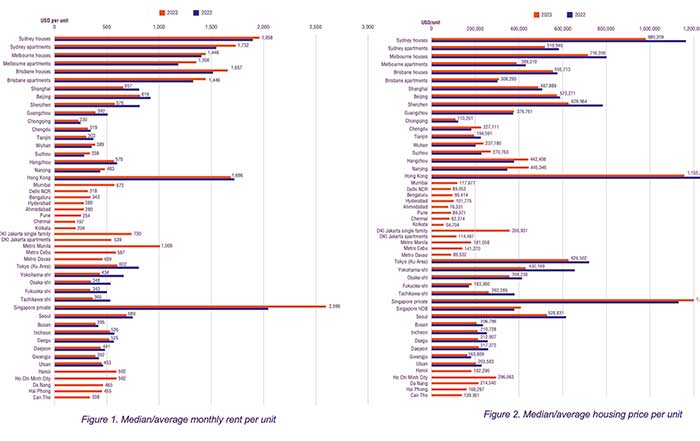Uranium is shining right now, sitting at its highest level in more than a year as short-term supply concerns fade and long-term demand prospects improve.
The uranium industry experienced a boost after the US avoided the debt limit crisis, which may have jeopardized the provisions of the Inflation Reduction Act (IRA). The IRA pledged $700 million to establish a domestic supply chain for high-assay low-enriched uranium (HALEU) in an effort to decrease dependency on Russia, which presently provides about a fifth of enrichment and conversion services.
According to committee chair Cathy McMorris Rodgers, the US is "dangerously reliant on Russia's supply of nuclear fuels for our existing nuclear power plant fleet," and the bill's passage "sends a strong signal to the market that will help restore American nuclear leadership and fuel infrastructure."
Concerning Russia, a bill prohibiting uranium imports from the country beginning in 2027 was approved by a US House panel in May.
Fortunately, higher uranium prices are a key growth driver for the industry, which is likely why Cameco plans to extract 95% more uranium from McArthur River and Key Lake, expecting 20.3 million pounds in 2023 compared to 10.4 million pounds in 2022.
In April, Cameco extended a long-standing arrangement to supply fuel through 2040 to Canada’s only private sector nuclear generator, Bruce Power.
This agreement, along with a number of others including supplying Ukraine’s nuclear needs until 2035, will account for a significant amount of Cameco’s production capacity. This could make it more difficult for buyers to find new supply which will help support the long-term uranium spot price and, in turn, benefit uranium companies like ATHA Energy Corp (CSE:SASK) (OTCQB:SASKF) (FRA:X5I).
Mineral exploration company ATHA Energy holds the largest exploration package in the Athabasca Basin, the world's most prominent uranium basin, with 3.4 million acres. The company also has a 10% carried interest portfolio of claims run by Nexgen Energy and IsoEnergy Ltd.
Securing Canada’s Next Generation of Uranium Supply
ATHA Energy just inked a binding letter of intent (LOI) with Stallion Discoveries Corp. to negotiate a definitive option and joint venture agreement that would allow Stallion to acquire a 70% interest in 47 ATHA mineral claims in the Athabasca Basin in exchange for 3.33 million shares and C$12 million in Exploration Expenditures.
“We believe the exploration commitment being made by Stallion is a testament to the potential in the SW area of the Athabasca Basin, where many of our neighbors have had tremendous success,” said Mike Castanho, CEO of ATHA Energy. “Exploration through partnership continues to be one pillar of our business as we seek to leverage the largest land position in the Athabasca Basin to create value for our shareholders.”
The company also recently bolstered its team, adding Doug Engdahl to its board of directors and as Managing Director of the company. Engdahl brings a wealth of uranium experience as a former Senior Mine Geologist for Cameco's McArthur River Mine, the world's largest high-grade uranium mine. Along with Engdahl, ATHA hired five technical team members in advance of its first exploration program this summer, when the company plans to use its technical skills to help define and develop prospective assets. Image Source: Pixabay.




